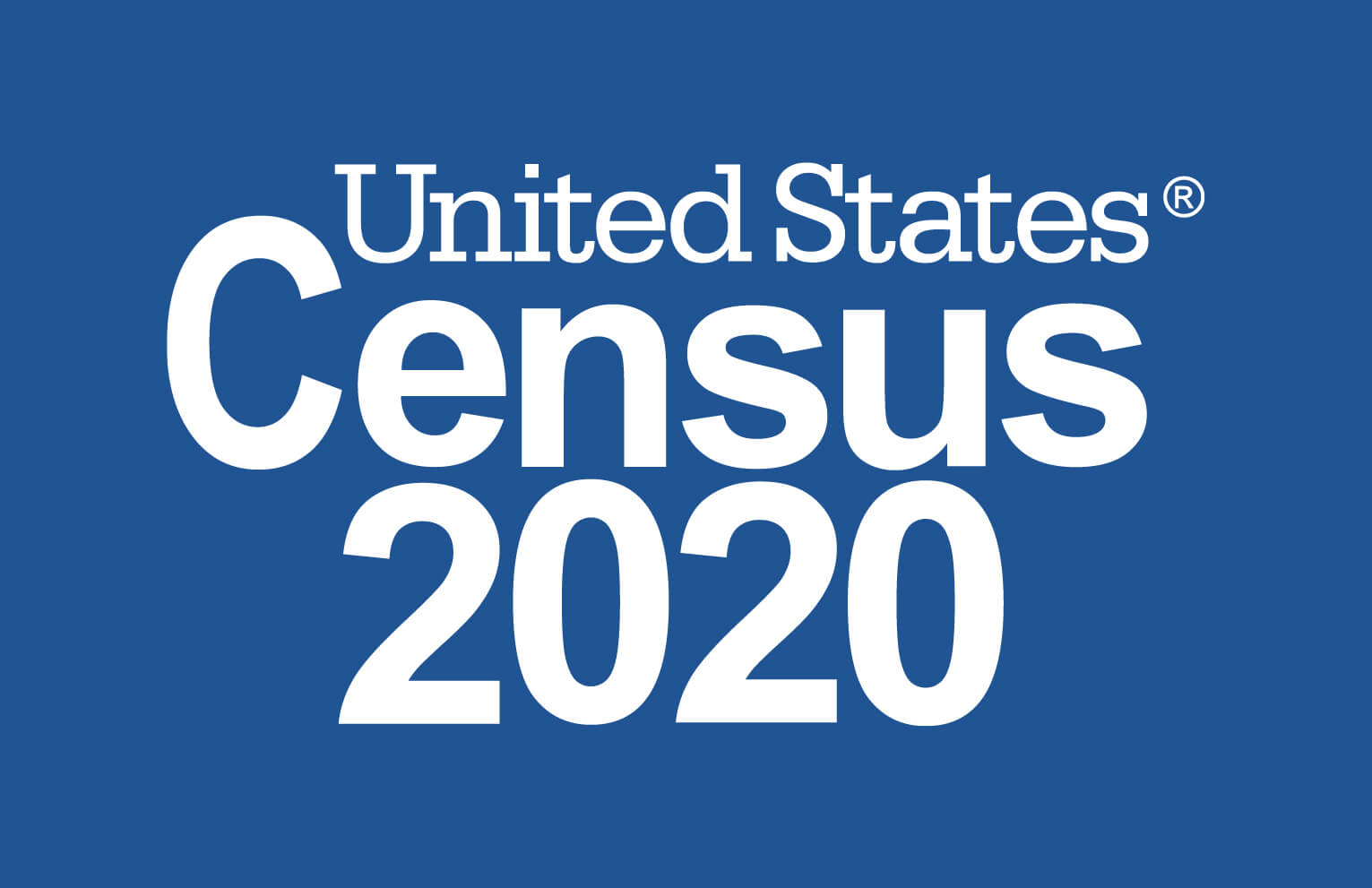The Aug. 12 release of 2020 Census redistricting data provides a new snapshot of the racial and ethnic composition of the country as a result of improvements in the design of the race and ethnicity questions, processing and coding.
Nearly all groups saw population gains this decade and the increase in the Two or More Races population (referred to throughout this story as the Multiracial population) was especially large (up 276%). The White alone population declined by 8.6% since 2010.
This story highlights national-level data.
Asian Population: Approximately 19.9 million people (6% of all respondents) identified as Asian alone in 2020, up from 14.7 million people (4.8%) in 2010.
Coupled with the 4.1 million respondents who identified as Asian in combination with another race group, such as White or Native Hawaiian and Other Pacific Islander, the Asian alone or in combination population comprised 24 million people (7.2% of the total population).
The Asian alone population grew by 35.5% between 2010 and 2020. In comparison, the Asian in combination population grew by 55.5%.
Native Hawaiian and Other Pacific Islander Population: Over half of Native Hawaiians and Other Pacific Islanders identified with more than one race.
In the 2020 Census, 689,966 people (0.2%) identified as Native Hawaiian and Other Pacific Islander alone, up from 540,013 people (0.2%) in 2010.
Coupled with the 896,497 people who identified as Native Hawaiian and Other Pacific Islander in combination with another race group (such as Asian or White), the Native Hawaiian and Other Pacific Islander alone or in combination population totaled about 1.6 million people and 0.5% of the total population.
White Population: Overall, 235.4 million people reported White alone or in combination with another group.
The White alone population accounted for 204.3 million people and 61.6% of all people living in the United States, compared with 223.6 million and 72.4% in 2010.
Together with the 31.1 million people who identified as White in combination with another race group, such as Black or African American or Asian, the White alone or in combination population comprised 235.4 million people and 71% of the total population.
Black or African American Population:The Black or African American in combination population grew by 88.7% since 2010.
In 2020, the Black or African American alone population (41.1 million) accounted for 12.4% of all people living in the United States, compared with 38.9 million and 12.6% in 2010.
American Indian and Alaska Native Population: From 2010 to 2020, the American Indian and Alaska Native in combination population increased by 160%.
In 2020, the American Indian and Alaska Native alone population (3.7 million) accounted for 1.1% of all people living in the United States, compared with 0.9% (2.9 million) in 2010.
Some Other Race Population: The Some Other Race population was the second-largest alone or in combination race group, comprising 15.1% of the total population.
About 27.9 million people (8.4% of all respondents) identified as Some Other Race alone in 2020, up from 19.1 million people (6.2%) in 2010.
Multiracial Population: In 2020, the percentage of people who reported multiple races changed more than all of the race alone groups, increasing from 2.9% of the population (9 million people) in 2010 to 10.2% of the population (33.8 million people) in 2020.
The largest Multiracial combinations in 2020 were White and Some Other Race (19.3 million), White and American Indian and Alaska Native (4 million), White and Black or African American (3.1 million), White and Asian (2.7 million), and Black or African American and Some Other Race (1 million).
The White and Asian population increased by 1.1 million people, a 65.8% change in size.
For more information on how the Census Bureau collects, codes and tabulates statistics on race and Hispanic or Latino origin, explore 2020 Census subject definitions pages and the 2020 Census Redistricting Technical Documentation.
Information on the application of differential privacy and data accuracy for the 2020 Census at various levels of geography are available on 2020 Census Data Products: Disclosure Avoidance Modernization website.












